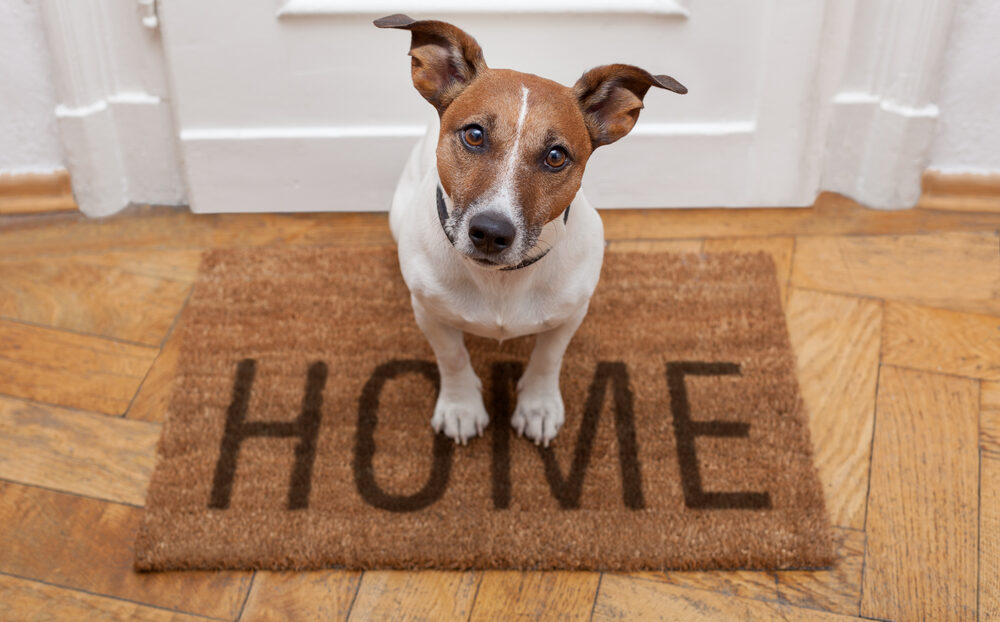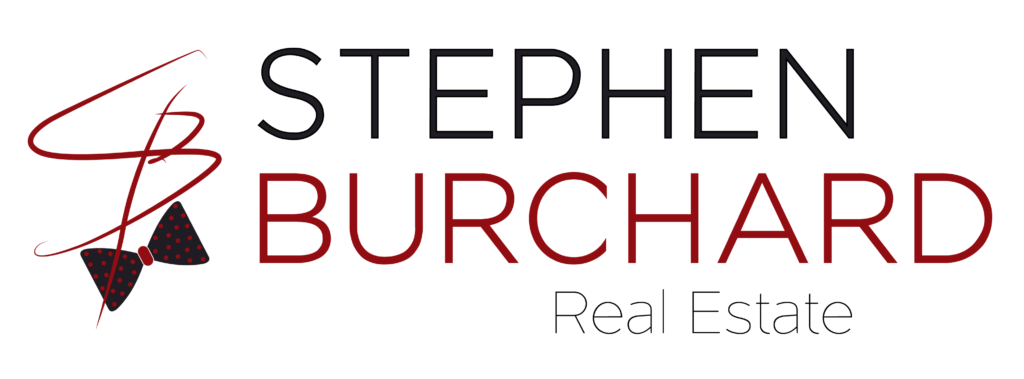It’s finally happening! After months of zooming our way to work with computers and pajama pants, we’re putting our big-boy pants on – or any pants on – and going back to the office! We get to see our co-workers in the flesh again! It’s gonna be great!
Except for one thing…
We’ll be leaving behind 2020’s Employees of the Year: Our dogs. They’re the ones who stayed by our side and gave us support even when our internet connection failed. Unlike cats, they didn’t try to walk across our keyboard at the most inopportune times. They just stayed with us like the good dogs they are. They listened to our troubles and helped us work through our anxieties in one of the strangest years of our lives.
Now it’s our turn to help them through their own anxieties as we walk out the door and head back to the office.
In dog years, 2020 was the best year ever. To be with your human 24/7 is the dog version of a dream come true. Now that things are shifting, we’ve got to help our pups adapt. Here are five tips to help with the transition.
-
Ease into the changes. Pets love routine, especially when it comes to mealtime. Figure out what the new schedule is going to be when your household’s humans are back at work and school and start to adapt to that schedule ahead of time. This is especially important for potty breaks when you’ve got a dog who spends his days indoors.
-
Practice having time apart. Your pets have gotten used to having you around. Give them a chance to start remembering how to cope with your absence. Practice by leaving the room for a few minutes while your pet is occupied with a toy or relaxing. When you go to work or school, play it cool when you leave. While you may feel the need for a giant hug and a big fuss when you come and go, these big dramatic goodbyes and hellos can key up your pet and train them to have separation anxiety.
-
Plan quality time together. As part of your new schedule, be sure to add quality time with your dog on a regular basis. A walk after dinner, a game of tug-of-war or fetch before school. About fifteen minutes is great if you can manage it. You’ve had a year of quantity time, now it’s time to adjust to quality time. Have games and toys to keep them active and stimulated both mentally and physically when you play together and they’ll do better at coping with the times you aren’t there.
-
Be alert for signs of anxiety. Ask your neighbors if your dog is barking or whining loudly for extended periods when you’re not there. Other signs of anxiety are pacing, panting, and excessive lip licking, urinating or defecating in the house, and chewing and scratching the furniture. Don’t overreact to anxiety-related behavior – that can make it worse. Check with your vet to make sure there’s no physical ailment first and see what they recommend.
-
Give your dog a treat-filled toy every time you leave the house. This keeps your dog busy and helps them adapt to being in an empty house. This creates a positive association for your dog and lowers the anxiety of seeing you walk out the door. Have you ever seen a dog eating peanut butter? They’ll be happy and busy for hours!
Adapting to change isn’t always easy for people or pets, but there are always ways to ease the transition. When it comes to reducing the anxiety associated with buying or selling your home or business property, there’s only one step you need to take and it’s amazingly simple: Call me. That’s it. Just call me. I’m Stephen Burchard, The Desert Bowtie Realtor, taking the (k)nots out of real estate.


